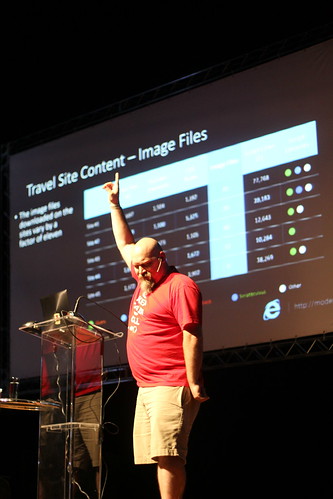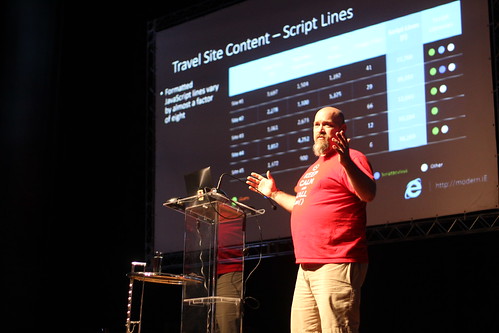.NET Rocks Ireland is coming to Ireland and Northern Ireland
Register:
Oct 7th, 2013 – Galway – http://bit.ly/netrocksgalway
Oct 8th, 2013 – Dublin – http://bit.ly/netrocksdublin
Oct 9th, 2013 – Belfast – http://bit.ly/netrocksbelfast
Carl and Richard are coming to Ireland and Northern Ireland! That amazing podcast done by those technical and comic geniuses will be recorded in front of a live audience in three great cities on Oct 7, 8 and 9.
Dates
Oct 7th, 2013 – Galway – http://bit.ly/netrocksgalway
Galway is our kickoff. We haven’t picked the evening guest yet but we’ll announce them soon.
Oct 8th, 2013 – Dublin – http://bit.ly/netrocksdublin
In Dublin, we’ll be joined by the astounding Mark Miller himself. He’s going to be recorded live in from of the audience.
Oct 9th, 2013 – Belfast – http://bit.ly/netrocksbelfast
In Belfast, we’ll be joined by marvelous Martin Woodward who undoubtedly improve your software development process.
Daily
We’ll start the day at 1:00 with a half day HTML5 conference and end the day with a .NET Rocks recording. Whether you are doing web development or app development with HTML5 technologies, this conference is for you. We’ve got 3 sessions that start off with how to handle touch in my HTML5 app and then diving off into ninja level talks with 3D and how you do performance analysis to make sure that your users are blown away.
Schedule:
1:00 – 1:10 – Welcome and introductions
1:10 – 2:00 – Touch Me, I dare you!
2:00 – 2:50 – You can do that in a browser?
2:50 – 3:00 – break
3:00 – 4:00 – The Perf Doctor is In
4:00 – 4:10 – break
4:10 – 6:00 – .NET Rocks recording
Touch Me, I dare you!
Speaker: TBA
Abstract:
Designing for a touch first web is becoming more important every day with the proliferation of touch devices ranging from phones to tablets to convertible laptops to touch monitors. The issue is that most folks think this just means having bigger buttons but they are wrong. Yes, understanding touch target sizes is important but that’s the absolute bare minimum. A great touch experience starts with understanding your user’s context and includes understanding the difference between touch and a mouse with issues ranging from how to handle gestures to thinking about things like your usage of hover state to scoping input correctly and more. In this brief session, we will dive into these issues and show you how to build a great web experience that will help you on all platforms and devices with touch interface.
You can do that in a browser?
Speaker: Michael Barr – CTO of Scaboodle and an outstanding speaker. He’ll wow you with his demos and his knowledge of creating an amazing experience for your customers.
Abstract:
The web platform is amazing. With the onslaught of new capabilities in modern browsers such as WebGL, Pointer Events, Video, WebSockets, Web Workers, FileStorage, Geolocation and so much more, web development is more fun, and more challenging, than ever before. In this session, we’ll dive into some amazing demos and show you what’s possible in the modern day browsers and show you how you can do this yourself.
The Perf Doctor Is In
Speaker: Josh Holmes – Senior Program Manager on the IE Developer Relations team.
Abstract:
Building a high performance front end is a balancing act. You need to understand all the different moving parts and subsystems in the browser and how they interact with each other.
Small changes can significantly impact page and app load time, memory consumption, and processor use which has a huge impact on your user’s experience!
In this session, we will dive into the subsystems of the browser and learn to optimize performance on sites and in web apps.
We will also deep dive into the new performance analyzing tools available expose good and bad run-time patterns for your sites and web apps, and provide users with a fast and fluid experience.
.NET Rocks Recording
Recorded live in front of you will be that amazingly popular podcast that’s reaching (literally as in actually as in for real) millions of developers each and every month.
The guests and topics for the recording will be announced closer to the time but there are rumors that Mark Miller (if you haven’t heard of him, go listen to http://dotnetrocks.com/default.aspx?showNum=338 – brilliant and funny) is going to crash the party and join us in Ireland. We’ll also be highlighting some of the amazing folks from Ireland who are forging the way in technology.
Looking forward to seeing you there!
Josh Holmes



 actually travel down the highway balancing a bookcase between them and fell in love with the country. My favorite day was when we got down to the beach and everybody relaxed. I had never even heard of foot volley which is volleyball with all of the ball handling rules of soccer.
actually travel down the highway balancing a bookcase between them and fell in love with the country. My favorite day was when we got down to the beach and everybody relaxed. I had never even heard of foot volley which is volleyball with all of the ball handling rules of soccer. 
























